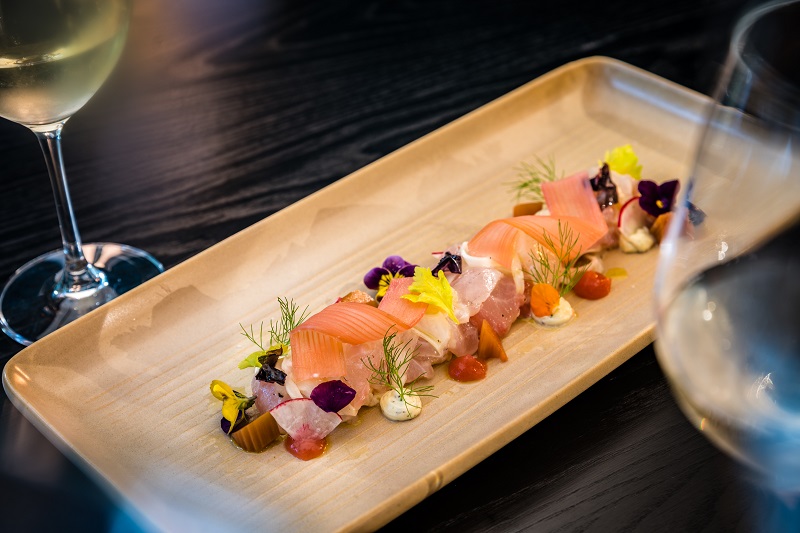To the naked eye, Wakefield, Leeds and Morley seem like standard historical English towns. However, between these three towns is the world-famous Rhubarb Triangle – so famous, in fact, that the rhubarb produced in this area has been awarded a Protected Designation of Origin by the European Commission’s Protected Food Name scheme, alongside rather more glamourous products like Champagne or Stilton cheese.
In culinary circles, rhubarb is thought of as a fruit, but in reality, it is a vegetable. Thought to be a native of Tibet, rhubarb is the leaf stalk (or petiole) of a perennial plant. It first appeared in The Divine Farmer's Herb-Root Classic, an ancient Chinese text detailing agriculture and medicinal plants. In the 14th century, the cost of transporting rhubarb along the Silk Road meant that it was a luxury item, often fetching three times the price of opium or saffron. Modern rhubarb has its origins in Russia. There is now a range of rhubarb varieties, each with exceedingly regal names such as Hawke's Champagne, Victoria, Timperley Early, Early Albert and Gaskin's Perpetual.
The leaves are not eaten as they are poisonous. This caused a fair bit of concern in wartime Britain, when the leaves were mistakenly recommended as an alternative food source. While the leaves will result in severe illness, the concentration of toxin is so low that it would take five kilograms of leaves to kill a human.
When purchasing rhubarb, look for firm, glossy red stalks that are crisp and showing no signs of wilting. Rhubarb is available all year and can be refrigerated in plastic bags.
Before preparing the rhubarb for eating, the leaves must be removed. Wash young rhubarb stalks and cut into equal lengths. Older, thicker rhubarb needs any coarse strings to be peeled off before slicing.
Rhubarb is incredibly versatile. It can be baked, braised or stewed with a little sugar and eaten as a dessert. It can be used in muffins, cakes, jams, flans or in crumbles, in place of, or in addition to, apple. Roy Giam, executive chef of Jardin Grill in Wellington, uses rhubarb in his crudo of market fish with rhubarb, fennel, dill cream and citrus oil.
Rhubarb contains some of the highest levels of calcium found in vegetables; however, calcium absorption may be inhibited by the presence of oxalic acid, which is also found in rhubarb. Cooking can reduce the effect of oxalic acid and contribute to the maximum absorption of calcium by the body. Rhubarb is a good source of vitamin C and contains dietary fibre and potassium at significant levels.






